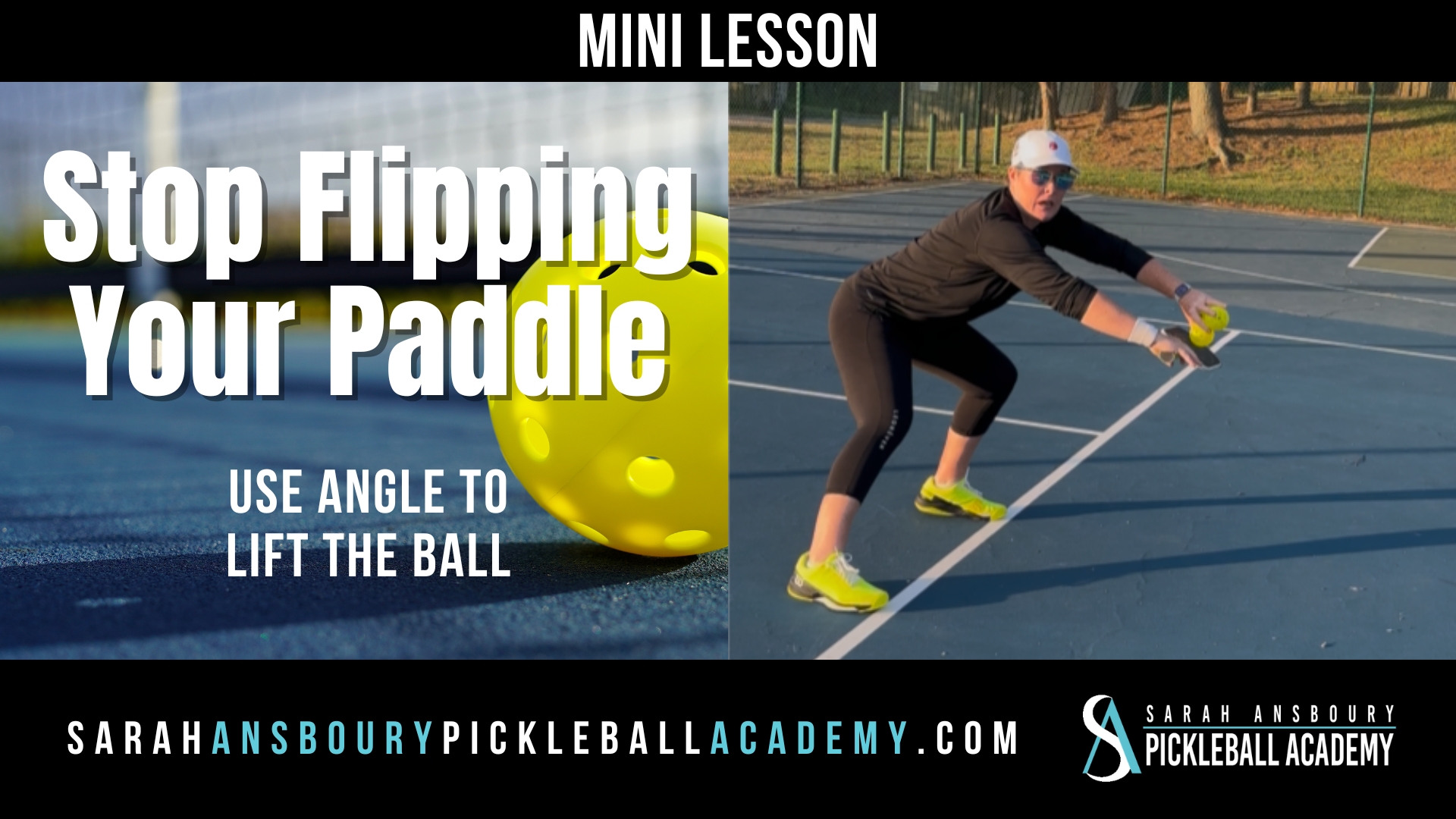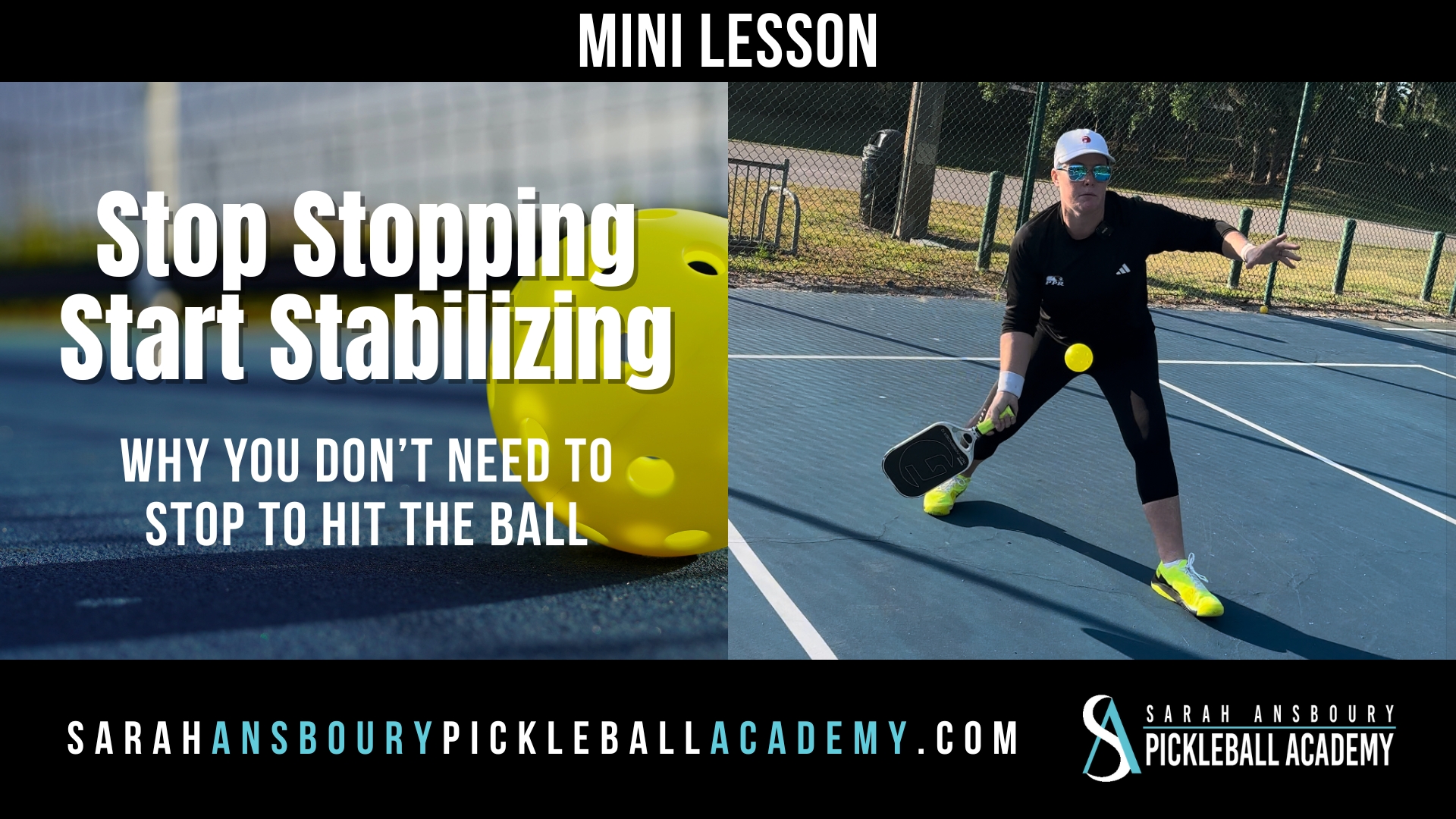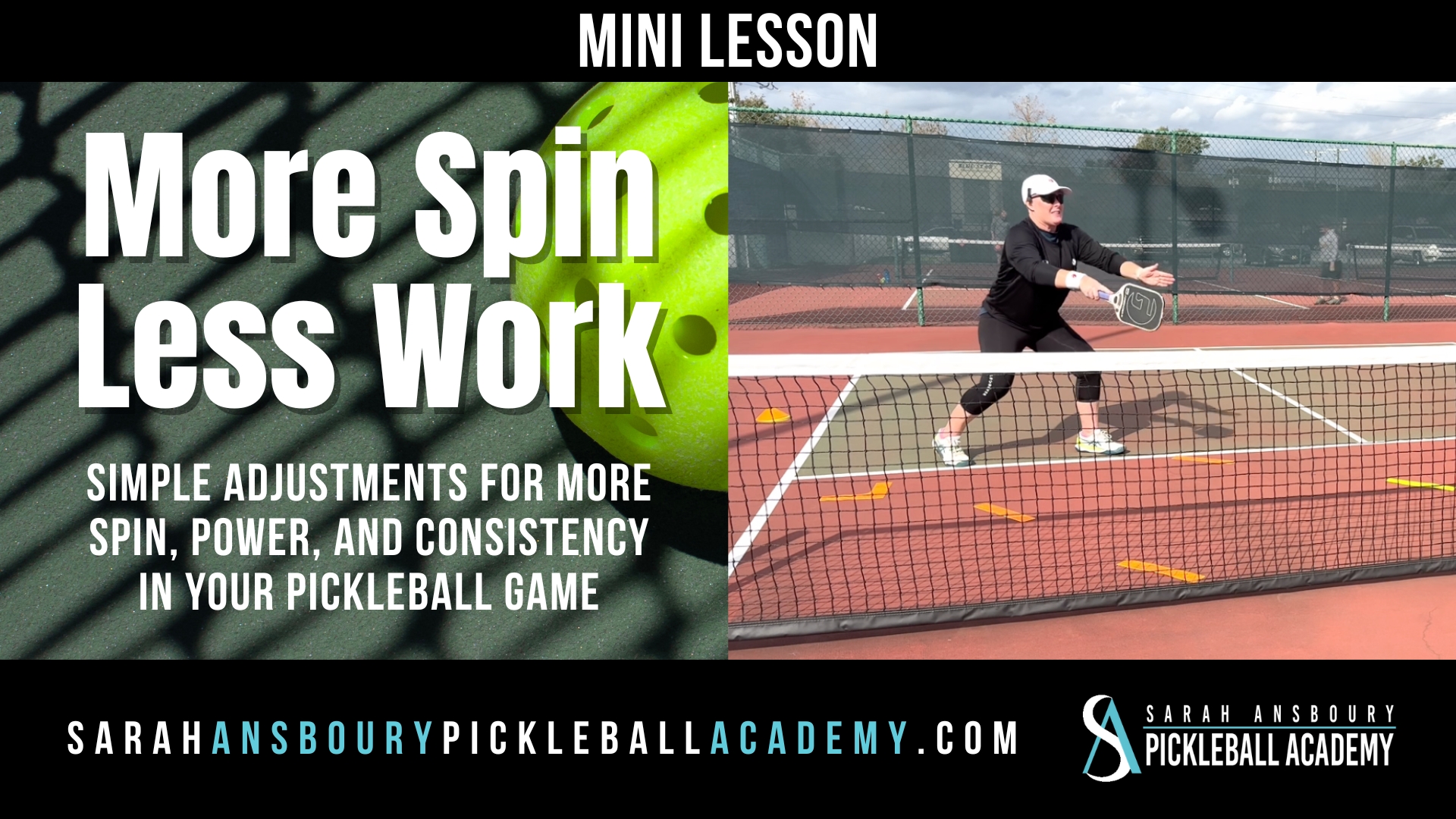Hey everyone, Sarah here! Today, we’re diving deep into a critical aspect of pickleball that can significantly impact your game: lobs. Knowing how to effectively run them down and coordinate with your partner isn’t just about improving your play; it’s about ensuring safety and efficiency on the court. So, let’s break it down step by step.
The Foundation: Safety First
The cornerstone of running down a lob is moving safely. This means maneuvering in a way that keeps you in control and allows you to comfortably reach the ball. An unsafe dash towards the ball not only risks injury but also reduces your chance of a successful return.
Communication Is Key
Working with your partner seamlessly hinges on communication. Before we even touch on the technicalities of running down a lob, ensuring you and your partner are on the same wavelength is crucial. Alert each other, share your plans, and make your movements predictable to your teammate.
Perfecting the Chase
A common error in chasing lobs is taking a direct, linear path underneath the ball. This often leads to misjudgments and collisions. Instead, aim to overshoot the ball, creating a circular path that allows you to approach the ball from a forward position. This strategy not only positions you better for the return but also keeps your momentum going in the right direction.
The Ideal Stance
At the non-volley line, your readiness is your weapon. Your paddle should be forward, chest up, and hips aligned. This stance signals your preparedness for overheads or lobs. Conversely, a lowered stance or paddle position invites your opponents to lob, exploiting your reduced mobility and reaction time.
The Motion Practice
Start without the ball to focus on the movement. Pivot and turn, aiming to position yourself for a forehand return. Forehands are generally easier to execute on the run compared to backhands. Early on, gauge the ball’s trajectory and plan your path to intercept it optimally, always aiming to create space for your return.
Resetting the Point
After successfully running down a lob, resist the urge to immediately dash back to the net. A lob return is an opportunity to reset the point, transitioning with a third or fifth shot drop. This reset isn’t just a recovery; it’s a strategic move to regain control of the rally.
Partner Positioning and Strategy
Practicing with your partner is crucial. Coordinate your movements and decide who takes which lob based on your positions and strengths. Remember, running down a lob isn’t just about hitting the ball back; it’s about setting yourselves up for the next shot, maintaining strategic positioning, and keeping the pressure on your opponents.
Practice Makes Perfect
Initially, practice these movements without a ball to minimize distractions and focus on the mechanics. As you become more comfortable, introduce the ball to simulate real-game scenarios, adjusting your approach and coordination with your partner as needed.
Conclusion
Mastering the art of running down lobs is a game-changer in pickleball. It enhances your defensive capabilities, ensures safer play, and improves teamwork. By focusing on safe movements, effective communication, and strategic positioning, you’ll not only save more lobs but also turn defensive moments into offensive opportunities. Keep practicing, and remember, every lob caught is a point saved and a step closer to victory. Let’s hit the courts and make those lobs work for us!










